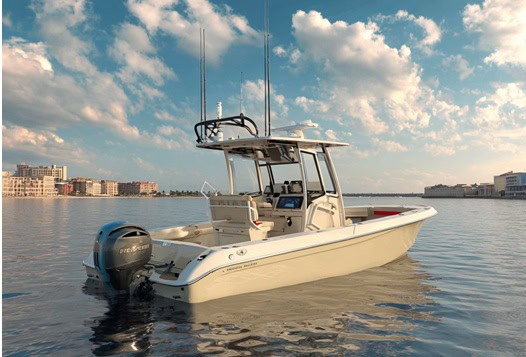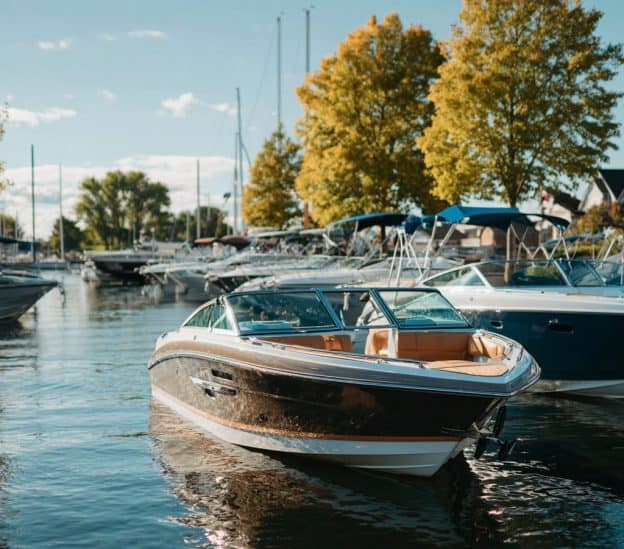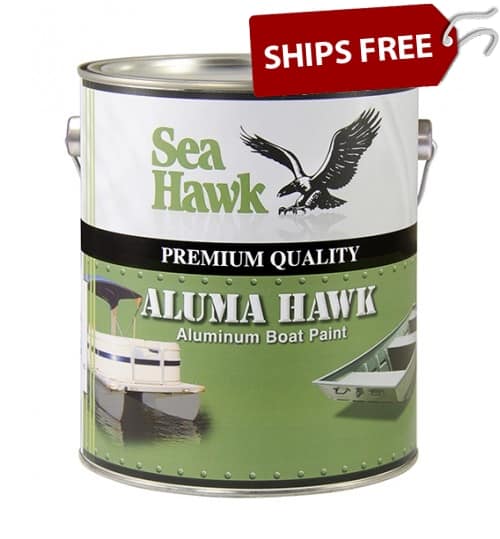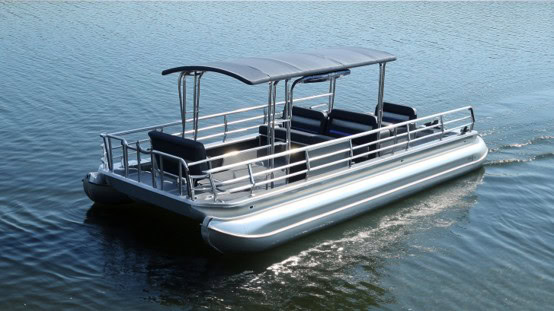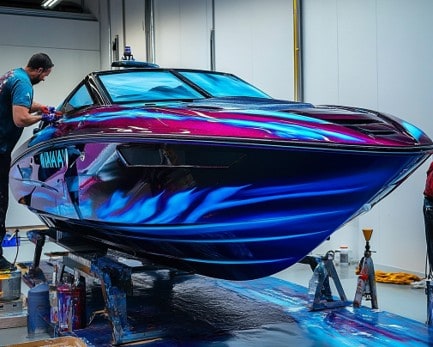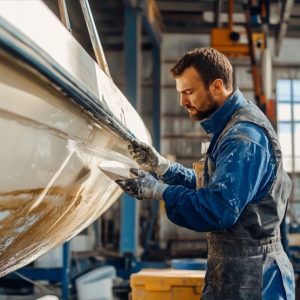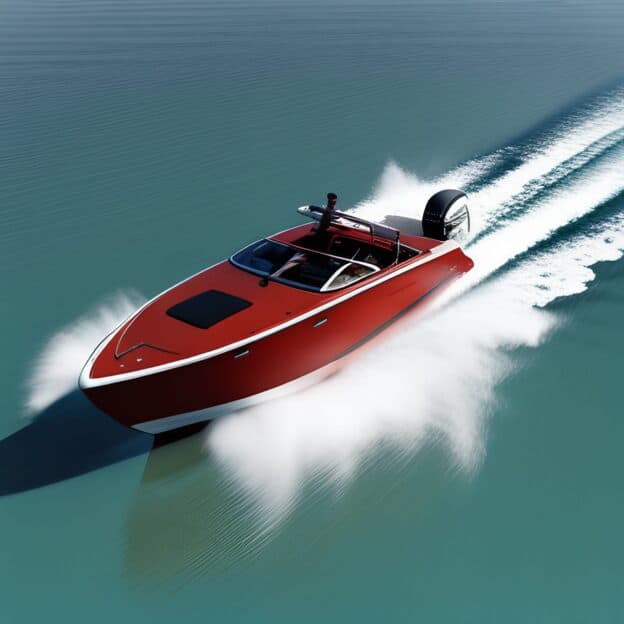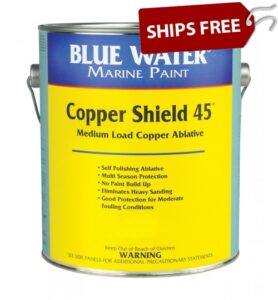Fishing boats are workhorses—constantly exposed to salt, sun, and tough conditions. That’s why choosing the right paint (and color) is critical, not just for looks, but for long-lasting protection and performance. At Bottom Paint Store, we carry top marine paint brands designed to keep your fishing boat in peak shape, season after season.
Below we’ll cover the best paints and colors for fishing boats, including antifouling (below the waterline), topside paints, and practical deck finishes.
Recommended Paints for Fishing Boats
Antifouling Paint (Below the Waterline)
Fishing boats often sit docked for long stretches, making them prone to fouling. Antifouling paint helps prevent barnacles, algae, and slime.
Sea Hawk Cukote – A long-lasting self-polishing antifouling for heavy fouling waters.
Colors: Black, Blue, Green, Red
Interlux Micron CSC – Multi-season ablative protection, low maintenance.
Colors: Black, Blue, Green, Red
Pettit Hydrocoat https://www.bottompaintstore.com/Pettit-Protect-High-Build-Epoxy-Primer-Quart-Kit – An eco-friendly water-based formula with strong performance.
Colors: Black, Blue, Green
Pro Tip: Black and navy blue are most popular for fishing boats because they hide growth and scuffs. Green is also a classic choice among commercial fishermen.
Topside Paint (Above the Waterline)
Topsides take constant sun exposure and wear. You’ll want a durable finish that also looks sharp.
Awlgrip Topside Paint – Yacht-quality finish, highly durable.
Popular Colors: Snow White, Oyster White, Haze Gray, Jet Black
Blue Water Marine Mega Gloss – Easy-to-apply enamel with a wide palette.
Colors: Super White, Black, Grey, Bright Red, Royal Blue, Emerald Green
Pro Tip: Whites and grays are preferred for topsides since they reflect heat, stay cooler, and keep your boat looking clean and professional.
Deck Finishes
Fishing decks take a beating—gear, boots, and fish guts mean you need tough paint and a safe, non-slip surface.
Non-Skid Additive + Awlgrip or Mega Gloss Topside Paint
Recommended Colors: Light Gray, White
Pro Tip: Light gray decks are easier on the eyes in bright sun and highlight gear and fish better than darker shades.
Suggested Color Combinations for Fishing Boats
| Boat Area | Recommended Paint | Suggested Colors | Why It Works |
|---|---|---|---|
| Hull (below water) | Sea Hawk Cukote / Interlux Micron CSC | Black, Dark Blue, Green | Hides fouling, practical, classic fishing look |
| Topside (above water) | Awlgrip / Blue Water Mega Gloss | White, Oyster White, Gray | Reflects heat, clean and professional |
| Deck | Awlgrip / Mega Gloss + Non-Skid Additive | Light Gray, White | Cooler underfoot, safer, highlights gear & catch |
| Trim/Accents | Awlgrip / Mega Gloss | Red, Blue, Black | Adds personality without high upkeep |
Bottom Line
For fishing boats, it’s all about durability, protection, and practicality.
-
Dark (black/blue/green) are good for your hull to hide fouling.
-
White or gray topsides are good for a clean, professional look.
-
Light gray non-skid decks are popular for safety and function.
Whether you’re a weekend angler or a commercial fisherman, these combinations can keep your boat performing and looking great.

